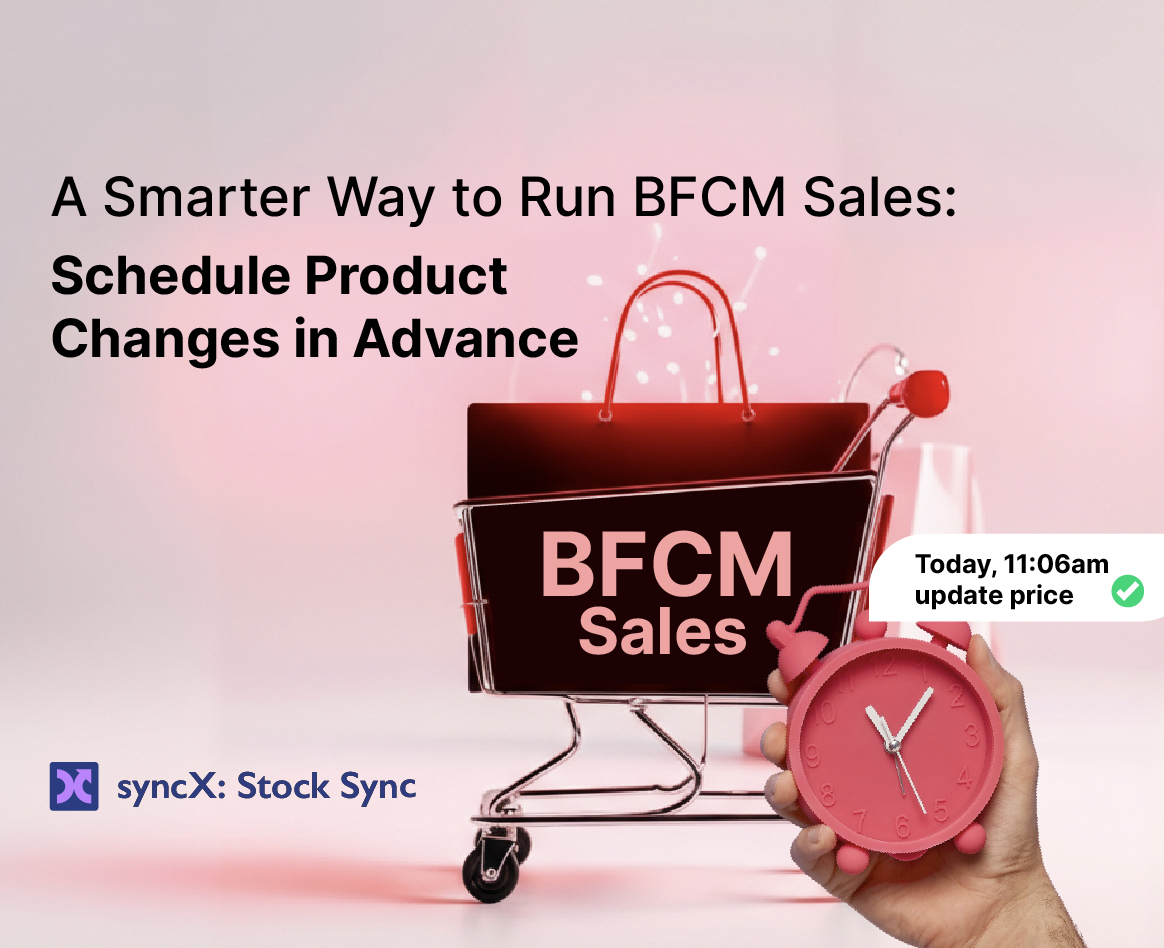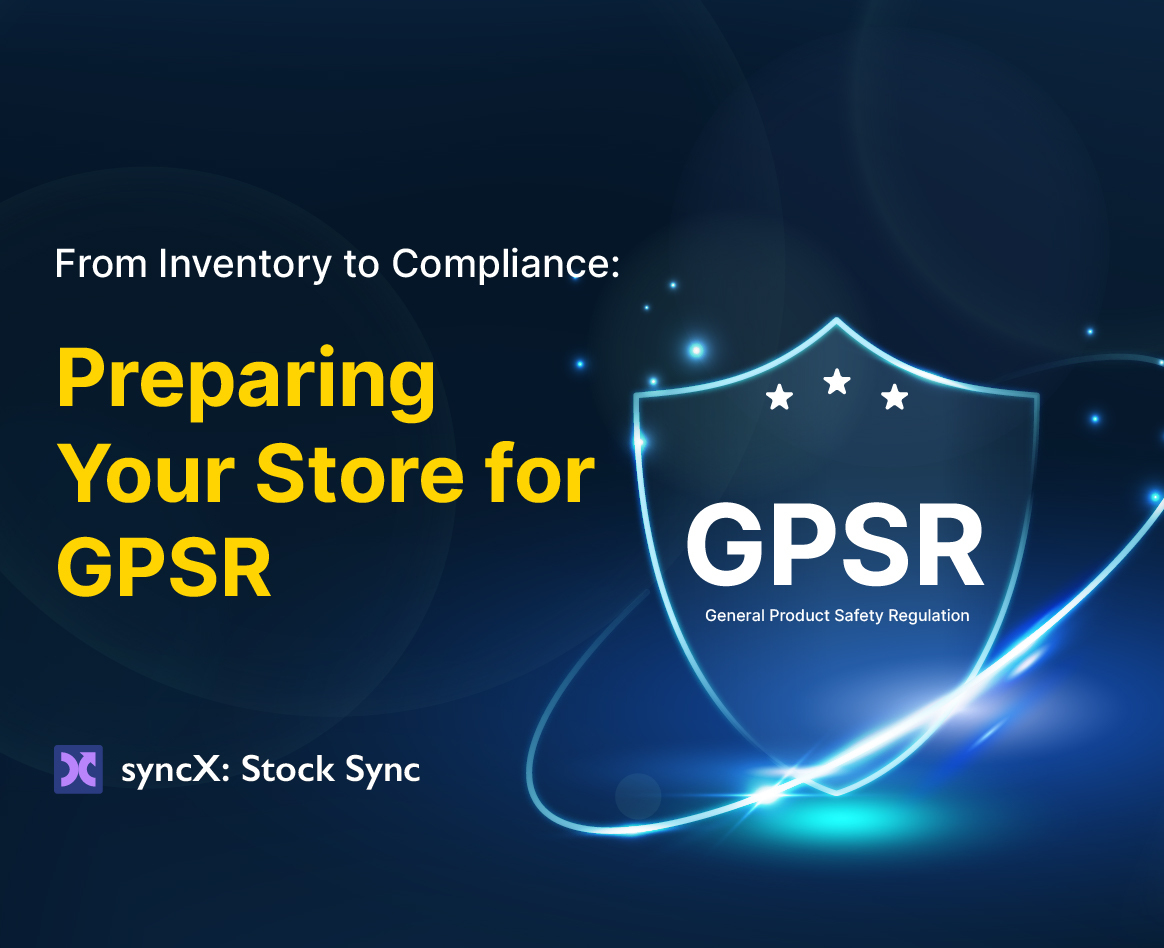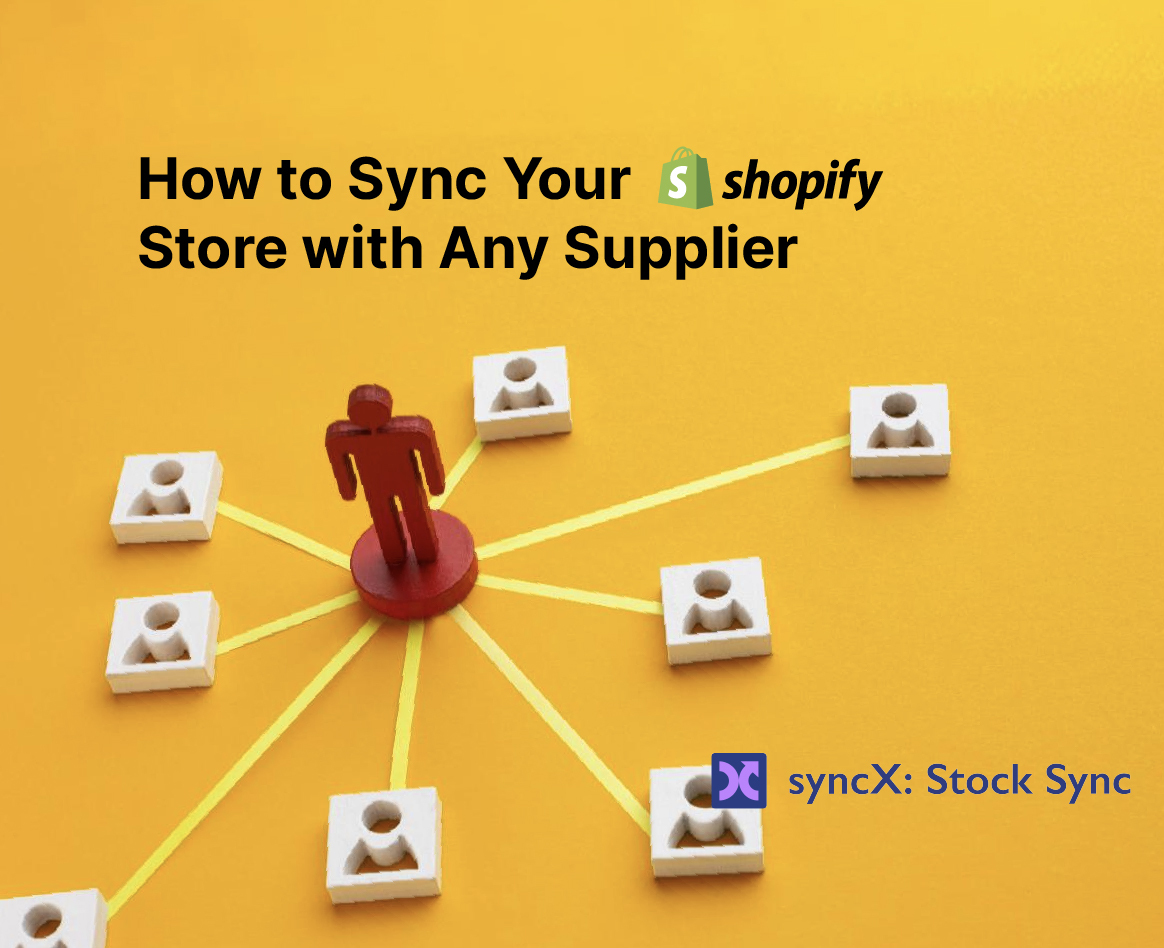
The Anatomy of a Perfect Feed Setup in syncX: Stock Sync
The Anatomy of a Perfect Feed Setup in syncX: Stock Sync (with Real Examples)
If you're syncing inventory from your supplier but still running into mismatches, overselling, or missing products — the issue often isn’t the source. It's the feed setup.
The way you configure your feed determines whether your store stays in sync or falls apart.
In this guide, we’ll walk through how Shopify merchants can create the perfect feed using syncX: Stock Sync — with real examples from merchants who got it right.
Why Feed Setup Is the Backbone of Automation
Every sync starts with a feed. But even the smallest misalignment — mismatched SKUs, incorrect quantity columns, missing product filters — can lead to massive operational headaches.
Done right, your feed will:
- Prevent overselling
- Automatically remove out-of-stock items
- Add new products with the right fields
- Keep your store pricing accurate
- Save hours of manual work weekly
Step-by-Step — How to Set Up the Perfect Feed
Here’s how merchants set up their feeds correctly the first time (and avoid surprises):
Step 1: Select the Feed Type
Choose between:
- Update Product Feed — to sync quantity, price, or metafields
- Add New Product Feed — to import new SKUs from your supplier
This sets the foundation for what data you’ll sync.
Step 2: Choose Your Connection Method
You can pull feed data from:
- Google Drive or Dropbox
- Email attachments
- Public URL or direct upload
- FTP/SFTP server
- REST or SOAP API
- 60+ supported connection types
💡 Pro tip: For time-sensitive inventory, use FTP or API with hourly syncs.
Step 3: Match Product Fields
This is where the magic happens. Match your supplier's columns with your store’s product fields:
Step 4: Set Smart Filters (Optional but Powerful)
You don’t always want to sync everything.
Examples:
- Only update products in stock
- Sync products from Supplier A only
- Exclude products with Price < $5
These filters protect your store from clutter and incorrect listings.
Step 5: Advanced Settings for Total Control
This is where you take your sync from good to great.
Examples:
- Set out-of-stock behavior (hide, continue selling, etc.)
- Adjust visibility in store
- Enable email alerts for failed syncs
- Configure currency conversion or price markup
Step 6: Schedule & Start
Decide how often your feed runs:
- Every hour
- Twice a day
- Daily at midnight
You’re now fully automated. Your supplier updates — and your store syncs like clockwork.
Real Example — Dropshipper with 3 Suppliers
A merchant syncing 3 global suppliers was using Google Sheets, email, and FTP.
With proper field matching and filter setup, they now run 3 syncs per day from all suppliers — hands-free.
Result:
- Saved ~12 hours per week
- No more overselling
- Cleaner store with real-time inventory
Don’t Just Sync — Sync Smart
Most Shopify merchants stop at “it works.”
But with syncX: Stock Sync, you can go beyond just syncing — and build a resilient, automated inventory pipeline that scales with your business.
Build Your First Perfect Feed
✅ Start your free trial of syncX: Stock Sync
No spreadsheets. No stock errors.
Just clean, automated inventory syncing from any supplier — every day.




















